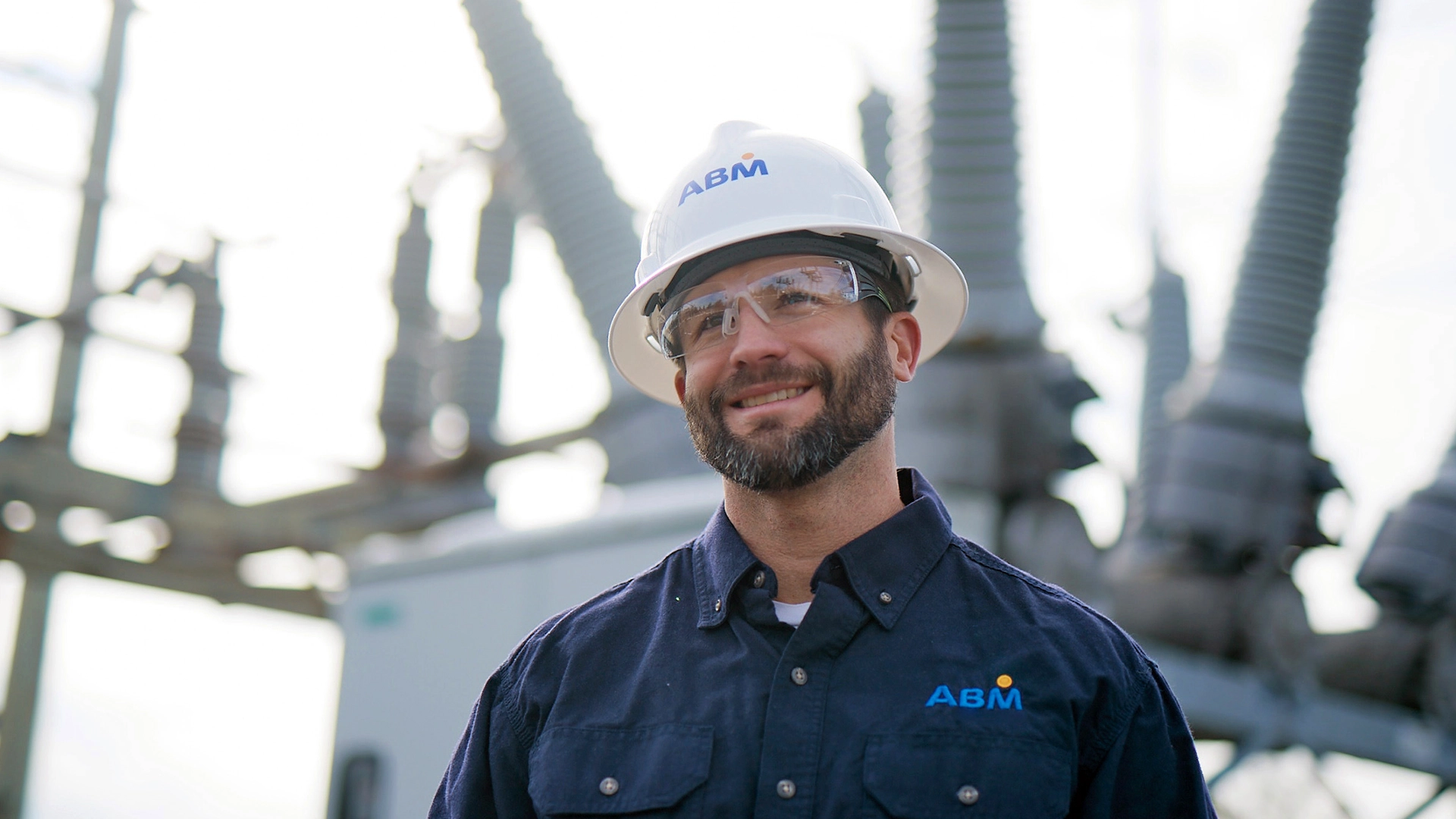Powering progress: How electrification is transforming industrial facilities
Industrial facilities are at an inflection point. Grid instability and volatile energy costs are converging to challenge long-standing assumptions about how operations are powered. The traditional reliance on fossil fuels and aging infrastructure is no longer sustainable—financially or operationally.
Beyond meeting emissions targets, this shift is about building greater resilience, agility, and long-term cost control. Forward-looking manufacturers and distributors are embracing electrification as a strategic lever, investing in modern infrastructure, energy-efficient systems, and smart technologies that optimize consumption while supporting growth.
Meeting mandates without losing margin
Regulatory mandates are accelerating the shift to electric fleets across key industrial markets, while grid instability and energy cost volatility are introducing new layers of operational risk. At the same time, sustainability reporting requirements are pushing companies to deliver measurable emissions reductions, not just broad commitments.
The facilities that succeed won’t just comply—they’ll lead. Forward-thinking operators are turning electrification into an opportunity for resilience and efficiency. That means coordinated investment in fleet electrification, infrastructure upgrades, energy management systems, and grid partnerships.
Industrial electrification offers a chance to reimagine how facilities consume and control energy. The companies that embrace it as an operational strategy will gain agility, reduce risk, and build a long-term competitive edge.
Beyond charging stations: The integrated energy approach
Industrial electrification requires you to rethink how energy flows through your entire operation. As facilities become more electrified, energy strategy must evolve from isolated upgrades to fully integrated systems that improve efficiency, reduce costs, and enhance resilience.
Fleet Electrification Support
Success starts with right-sized charging infrastructure tailored to operational duty cycles. Load management systems help avoid costly demand spikes, while thoughtful fleet transition planning minimizes disruption. Maintenance protocols keep vehicles available and operations moving.
Grid Optimization
Facilities are tapping into demand response programs to manage peak costs, leveraging energy storage for backup power, and using smart charging to reduce electricity expenses. Power factor correction improves system efficiency, ensuring more reliable and cost-effective operations.
Operational Integration
Advanced building management systems coordinate energy use across the fleet and facility. Predictive analytics detect potential failures before they cause downtime, while robust tracking and reporting tools support ESG compliance. Emergency systems safeguard uptime during grid instability.
Financial Benefits
From navigating utility incentives to reducing peak demand, an integrated energy strategy maximizes ROI. Many facilities are also exploring carbon credit programs to generate new revenue.
When done right, electrification is a business advantage that drives performance, resilience, and long-term value.
Building for tomorrow’s industrial needs
As electrification accelerates, industrial facilities must look beyond immediate upgrades and plan for a rapidly evolving energy landscape. Today’s investments must support tomorrow’s operational demands—scaling with fleet growth, adapting to changing grid conditions, and integrating with advancing technologies.
ABM’s fleet electrification approach delivers a fully scalable solution. From vehicle selection and financing to charging infrastructure, electrical upgrades, maintenance, and long-term energy planning, we ensure each component aligns with your current operations and your future strategy. Whether you're managing a blended fleet or transitioning entirely to electric, ABM builds in the flexibility needed to grow with confidence.
Maintaining uptime depends on system-wide coordination. ABM’s EV Fleet Charging Solutions meet this challenge by providing real-time visibility and centralized control across chargers, energy systems, and utility connections. Through condition-based monitoring and adaptive load balancing, it shifts maintenance from reactive to predictive, ensuring higher reliability and operational efficiency.
Our 43,000-square-foot Electrification Center in Cumming, GA, serves as the hub for 24/7 EV network management, remote diagnostics, and real-time infrastructure monitoring. This proactive oversight reduces downtime and ensures peak performance across your charging ecosystem.
We also help future-proof your facility with custom switchgear and advanced power analysis that strengthen reliability and efficiency. Our power management strategies increase charging capacity and overall operational efficiency while reducing energy costs. Combined with microgrid capabilities, renewable solutions, grid resiliency measures, emergency backup systems, and cybersecurity protocols, these solutions protect connected assets and maximize performance. Through partnerships with utilities and technology providers, we ensure access to grid programs while keeping your equipment optimized and compliant with evolving regulations.
With this integrated, forward-looking approach, industrial operators stay ahead of electrification mandates and gain the resilience, efficiency, and insight needed to lead in a new energy era.
Get expert answers to every fleet electrification question.
Case study: Smart design accelerates fleet electrification at the port
When Dole Fresh Fruit needed rapid EV charging for five yard trucks, ABM delivered a flexible, future-ready solution. By repurposing existing reefer infrastructure, integrating ABM EV OS, and enabling scalable upgrades, Dole reduced costs, improved efficiency, and validated EV performance, accelerating its transition to sustainable port operations.
The value of strategic energy collaboration
Industrial electrification has evolved from a facilities project into a full-fledged business strategy. Success depends on an integrated energy approach that addresses grid reliability, cost containment, and future scalability. Piecemeal solutions fall short in a landscape where energy performance directly impacts productivity, resilience, and profit margins.
The right partner brings more than technical know-how. They also offer strategic insight, infrastructure planning, and long-term support to turn energy transformation into an operational advantage.
As electrification accelerates, energy management becomes a defining capability. Leaders who embrace this shift will power their operations—and their industries—into the future.
Power your next move
From rising energy costs to evolving infrastructure demands, we understand the pressures industrial leaders face. Connect with our experts to explore how strategic electrification can turn today’s challenges into tomorrow’s competitive advantage
[[inline-cta]]





